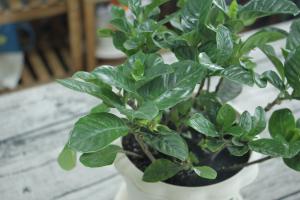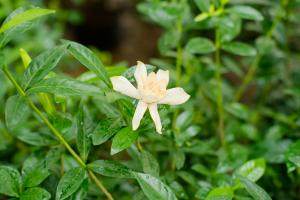Is a Pine Tree a Seedless Plant?
Many people believe that pine trees are seedless plants, but this is not entirely accurate. Pine trees do produce seeds, but they are housed in cones and not the typical fruit that we associate with seed-bearing plants. This misconception may stem from the fact that pine trees propagate through the spread of seeds rather than through flowers and fruit.
How Pine Trees Reproduce
Pine trees are gymnosperms, which means that they do not produce flowers or fruits. Instead, they use cones to house their seeds. Male and female cones are produced on the same tree and, when pollination occurs, the female cones develop into pine cones that contain the seeds. These seeds are then dispersed in a variety of ways, including by wind, animals, or water. This unique mode of reproduction is different from that of flowering plants, which rely on pollinators like bees to transfer pollen from the male to the female reproductive organs to produce fruit.
The Anatomy of a Pine Cone
Pine cones come in a variety of shapes and sizes, depending on the species. They are made up of scales that are arranged in overlapping layers. Each scale houses two seeds, which are protected by a tough outer layer. When the seeds are mature, the scales open up, releasing the seeds for dispersal. The structure of the pine cone is specifically designed to protect the seeds from the elements and ensure their survival until they can be transported to a new location where they can germinate and grow into new pine trees.
The Importance of Pine Trees
Pine trees are an important part of many ecosystems and provide a variety of benefits to humans and wildlife. They are particularly valuable as a source of lumber and paper products. Pine trees also help to prevent soil erosion, provide habitat for wildlife, and produce oxygen through photosynthesis. Additionally, pine needles are acidic, which helps to maintain the pH balance of soil and keep it fertile. Pine cones are also a popular decoration during the holiday season.
In Conclusion
In summary, pine trees are not seedless plants. They produce seeds that are housed in cones rather than fruit. This method of reproduction is unique to gymnosperms like pine trees and contrasts with the process used by flowering plants. Pine trees play an important role in many ecosystems and have a variety of uses for humans as well. Understanding the reproductive process of pine trees and their importance in the natural world is key to appreciating these majestic trees.

 how many times do yo...
how many times do yo... how many planted tre...
how many planted tre... how many pine trees ...
how many pine trees ... how many pecan trees...
how many pecan trees... how many plants comp...
how many plants comp... how many plants can ...
how many plants can ... how many plants and ...
how many plants and ... how many pepper plan...
how many pepper plan...































